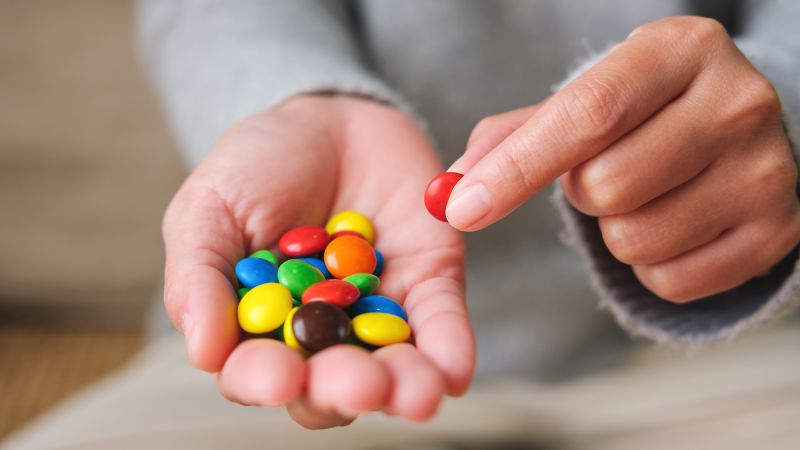[Now that the US Food and Drug Administration has banned red dye No. 3, many people are criticizing or questioning the safety and the FDA’s allowance of red dye No. 40 and five other color additives commonly used in the United States.
Made from petroleum and chemically known as erythrosine, red dye No. 3 is a synthetic color additive used to give foods and beverages a cherry-red color. The dye has been permissible for use in food, beverages, and ingested drugs even though the Delaney Clause of the Federal Food, Drug, and Cosmetic Act “prohibits the FDA from approving a color additive that is ingested if it causes cancer in animals or humans when ingested.”
The dye was found to cause cancer in rats more than 30 years ago. The FDA’s decision this week to revoke the authorization for the use of the dye was acting on a 2022 petition by advocacy organizations and individuals citing this research.
Red dye No. 40, also derived from petroleum, has been considered a healthier alternative since it hasn’t been extensively associated with cancer in animals. However, experts say cancer isn’t the only potential health threat to consider when it comes to artificial colorants, and that there are other reasons why the FDA should take another look at its regulation of red dye No. 40 — as well as yellow dyes Nos. 5 and 6, blue dyes Nos. 1 and 2, and green dye No. 3. All these additives are derivatives of petroleum.
Governments, researchers, and nonprofit groups have raised concerns about other dyes for years. In 2021, the California Office of Environmental Health Hazard Assessment completed the most rigorous and comprehensive assessment to date of the evidence linking synthetic food dyes to neurobehavioral problems in some kids. That assessment included all the artificial food dyes — not just red dye No. 3.
Some animal studies have shown that dyes are metabolized quickly and excreted in the urine within hours or days after consumption. However, it’s still likely that food dyes could have a cumulative effect on the body, evidenced by studies on the short-term exposure of pregnant rats to dyes and the long-term effects on their offspring.
The potential mechanisms underlying the relationships between artificial dyes and neurobehavioral health outcomes are unknown, experts said. The FDA has not thoroughly reviewed these dyes since the 1960s, 1970s, and 1980s, long before toxicological studies could detect their effects on behavior and our kids’ brains.
Exposure levels determined to be safe decades ago should be reconsidered given new evidence, experts said. If the current acceptable daily intake levels were to be reduced, it’s likely people’s current diets would exceed those doses.
The only thing consumers can do right now is look at the ingredient lists of the foods that they think about buying in their grocery store. However, artificial food colorings are mostly found in ultraprocessed foods and beverages, so avoiding those products is one shortcut to eliminating dyes from your diet.
On ingredient lists, these artificial dyes are sometimes referred to using the following terms: Red dye No. 3: red 3, FD&C Red No. 3 or erythrosine; Red dye No. 40: red 40, FD&C Red No. 40 or Allura Red AC; Blue dye No. 1: blue 1, FD&C Blue No. 1 or Brilliant Blue FCF; Blue dye No. 2: FD&C Blue No. 2 or indigotine; Green dye No. 3: FD&C Green No. 3 or Fast Green FCF; Yellow dye No. 5: yellow 5, FD&C Yellow No. 5 or tartrazine; Yellow dye No. 6: yellow 6, FD&C Yellow No. 6 or sunset yellow.
Dyes listed with the word “lake” in any ingredient list indicate the dye is a fat-soluble version, meaning it can dissolve in oily foods or drinks.
Source link

